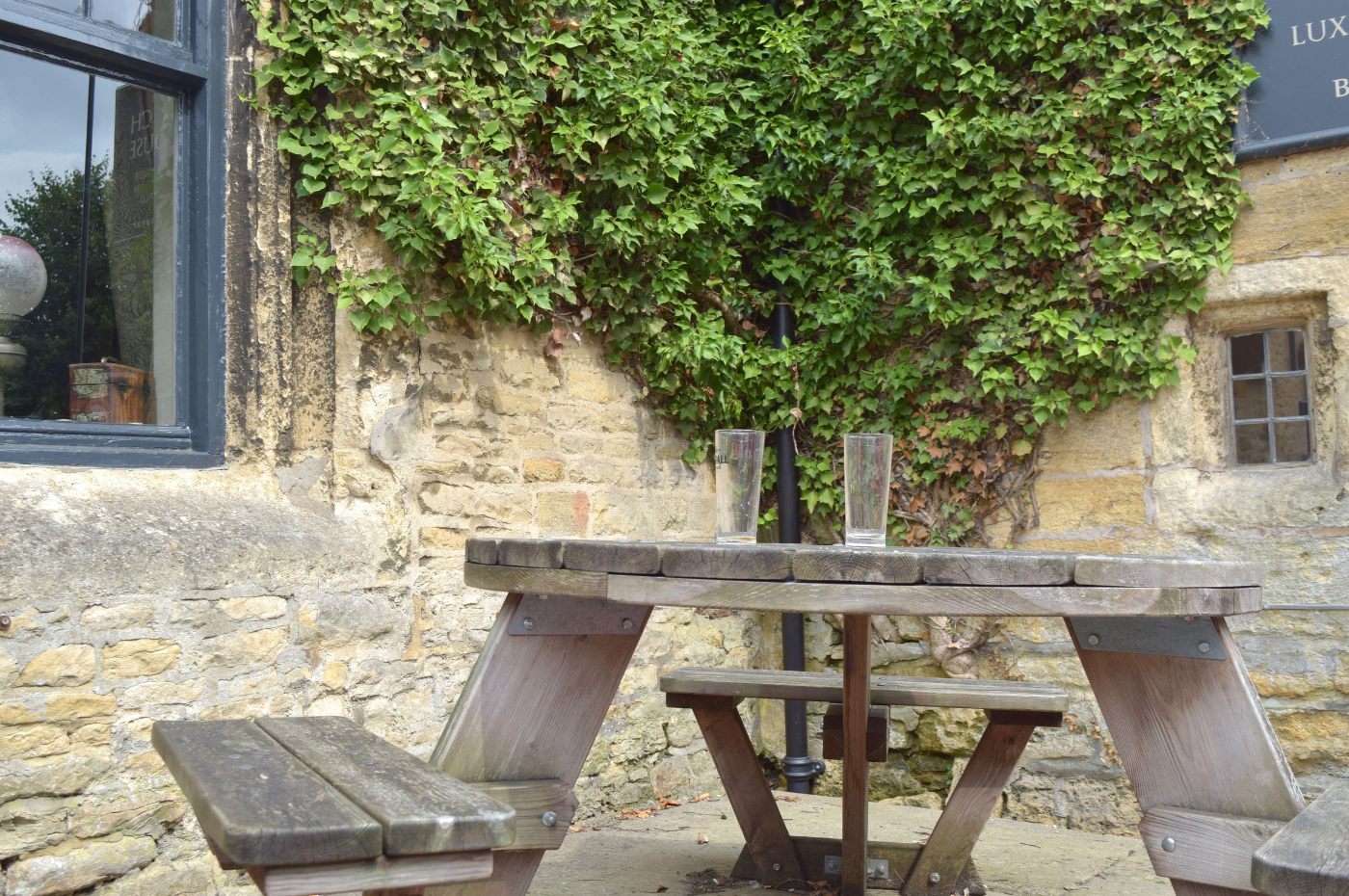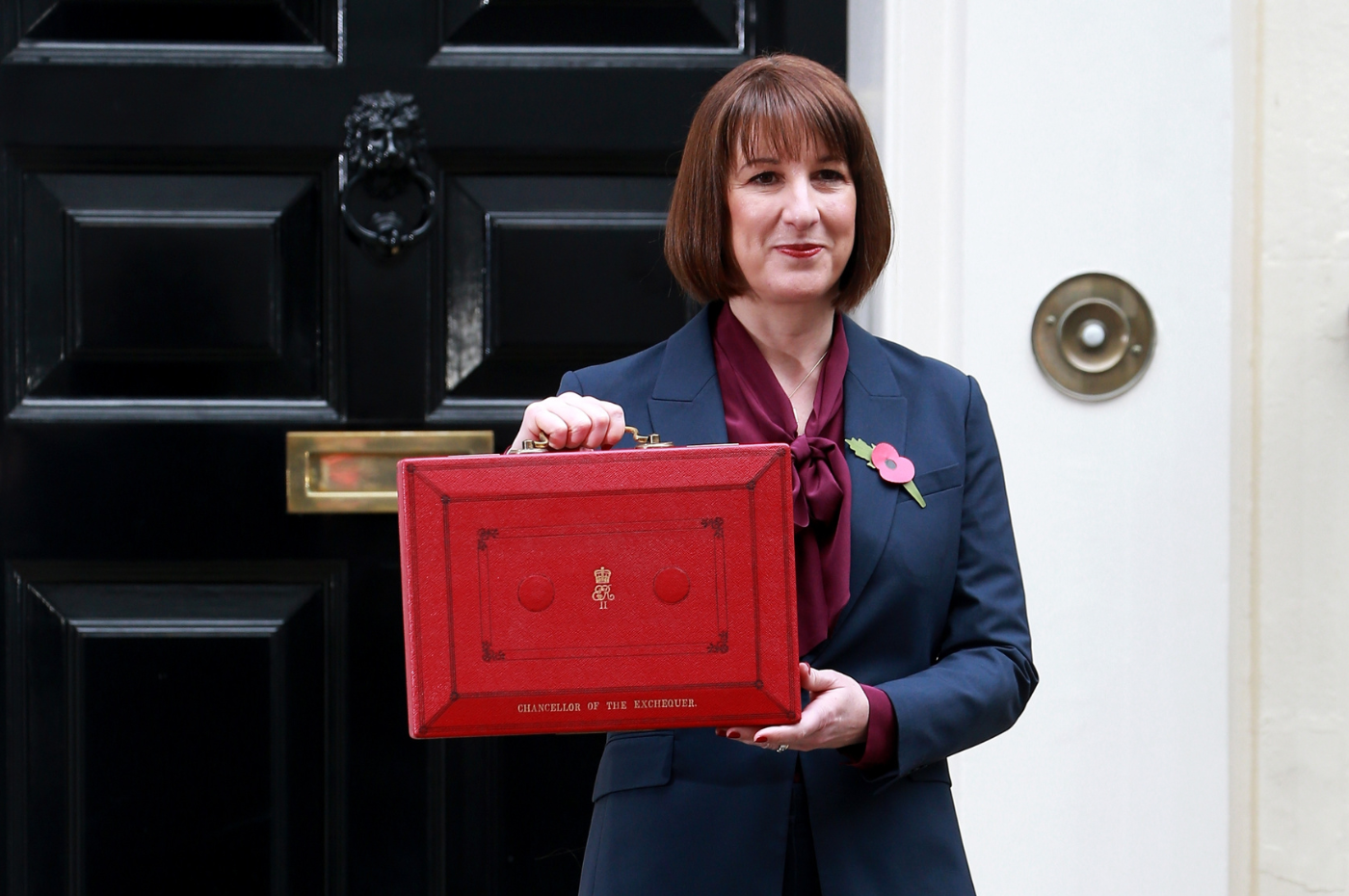Calling time on the country pub?
Since the Budget, countryside pubs and businesses saw rate bills soar - and...
View Details
Last week I cooked up a muntjac backstrap I had had in my freezer. Seared on the outside and pink in the middle, the meat was sweet and delicious. It's a shame that muntjac meat isn't more widely enjoyed - the invasive muntjac population has boomed, and overpopulation now has a negative impact on woodlands and biodiversity throughout the country. Perhaps if more people were aware of this widespread delicacy, the population would be better controlled?
Invasive non-native species are a problem throughout the UK. Grey squirrels plague the rural and urban worlds alike, while muntjac and sika deer cause serious damage to our flora and fauna. American mink have been the scourge of our native water voles and fish and signal crayfish have similarly pushed out our white-clawed crayfish. The list could go on.
This week (12-18 May) is Invasive Species Week. Of more than 2,000 non-native species introduced to Britain, 10-15% spread and become invasive, causing damage to our environment, economy, and way of life. The estimated cost of these species to the UK economy is nearly £2 billion each year, and includes costs of damage to infrastructure and industry, as well as costs of control.
Signal crayfish are estimated to cost the UK £5.5m each year, while mink cost us nearly a million pounds annually.
It has been estimated that 15% of broadleaf area and 5% of coniferous forest area are damaged by grey squirrels. The costs of timber damage, reduced carbon capture, and replanting - purely because of grey squirrels - was estimated to be £37 million per year, according to a report by the Royal Forestry Society.
The UK deer population is estimated to be close to 2 million - the largest it has been for a millennium. Of these, a significant number are muntjac and sika. The number of road accidents a year involving deer, which kill between 10-20 people, has been estimated to be 74,000. Defra has put the cost of deer damage to crops at £4.3m a year, while the cost of damage these animals cause to plantations and commercial woodlands has been estimated to be £4.5m annually.
The answer to our invasive species problem can only be controlled management.
The grey squirrel population is estimated to be 2.7 million, and is continuing to grow, despite government initiatives to control the population.
More than ten years ago, the BBC reported that at least 750,000 deer needed to be culled each year to keep populations under control. The numbers can only be higher now. While these figures refer to all deer species rather than just the three invasive non-native species, the extent of the problem is clear.
If invasive populations are not sufficiently controlled, the cost to our economy will only grow, as will the damage to threatened native species.
The last government consulted on a deer strategy, having recognised this problem, but a response to the closed consultation was never released. The Countryside Alliance is calling on this government to take this matter forward. Likewise, the government should be doing all it can to control the grey squirrel population and should continue to fund the work of land managers in undertaking such efforts.
As for us, what can we do? I confess that, despite a couple of recommendations, I am yet to try sauteed squirrel, or any other squirrel-based dish. As such, I will not presume to recommend it. However, we should all endeavour to eat as much venison as possible. It is utterly delicious, and the more we eat, the more we encourage controlled management and help to reduce the soaring costs of deer overpopulation.

Since the Budget, countryside pubs and businesses saw rate bills soar - and...
View Details.png)
“The Farm Profitability Review shows that the problem is no longer...
View Details
Yesterday (26 November) the Chancellor of the Exchequer rose to deliver a...
View Details